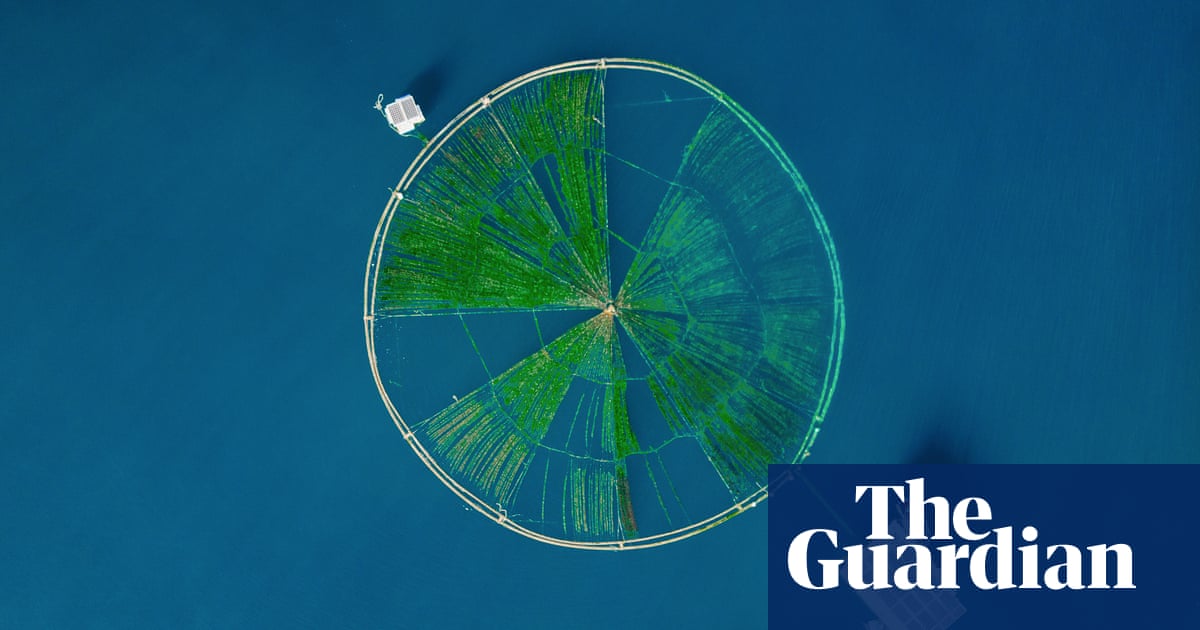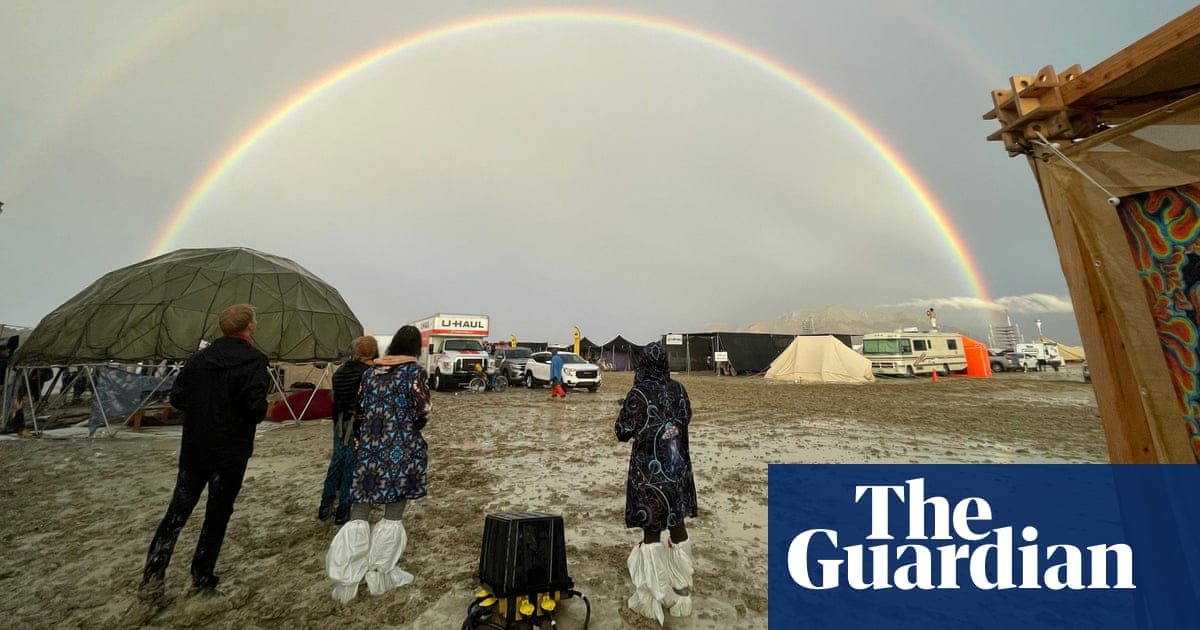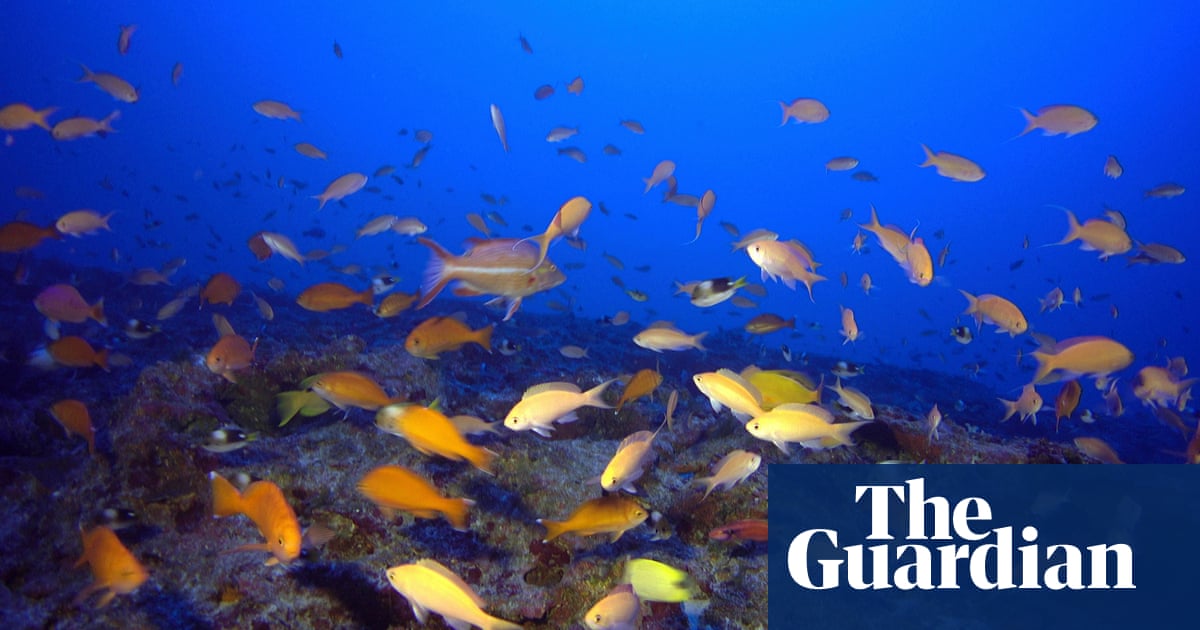
In 1789, the explorers Alessandro Malaspina and José de Bustamante set sail from Cádiz on Spain’s first scientific expedition around the world. For five years, Malaspina and Bustamante studied and collected animals and plants across the Spanish empire, which stretched along the North, Central and South American Pacific coasts, and westwards to the Philippines.
In 2010, another Spanish expedition set off from Cádiz, tracing much of the original route and studying what the oceans are like today.
The team measured pollutants, plastics and chemicals that were not there in Malaspina and Bustamante’s time. They collected samples of seawater and plankton. And all the way through the 31,000-mile voyage, the ship’s sonar was switched on, listening for echoes from below. Their chief targets? Small silver fish that look like sardines or anchovies – only with bigger eyes and rows of spots that glow in the dark.
They are lanternfish: there are about 250 species and they are not only the most common fish in the oceans’ twilight zone but the most abundant vertebrates on the planet. Huge numbers were first noticed during the second world war, when naval sonar operators saw echoes from what appeared to be a solid seabed, one that rose to the surface at night and fell back down at daybreak. In fact, the pulses of sound were echoing off the swim bladders – the internal gas-filled bubbles – of billions of lanternfish, as they congregated in dense layers hiding in the deep, then at sunset swam up thousands of metres to feed at the surface. Every night, along with other animals, such as the squid that prey on them, lanternfish undergo the greatest animal migration on the planet.
Before the 2010 Malaspina expedition, studies based on trawl surveys estimated that the twilight zone contains about a gigatonne (1bn tonnes) of fish. But this was most likely an underestimate, it turns out, because lanternfish avoid being caught by swimming away from the open nets. The Malaspina acoustic survey did not rely on nets, and in 2014 its research led to new estimates of the abundance of twilight-zone fish, ranging between 10 and 20 gigatonnes.
The prospect of such a colossal harvest raised an old question: could fish from the twilight zone help to feed a growing human population?
Too tempting to ignore
Lanternfish are unlikely to appear directly on anybody’s plate – they are far too oily and full of bones. However, their high oil content means they could be mashed down for animal feed, mostly for fish farms. After the Malaspina discovery, it has been suggested that if just half of the lower estimated mass of twilight-zone fish were caught – still a massive 5 gigatonnes – it could theoretically be turned into enough fishmeal to yield 1.25 gigatonnes of farmed seafood, which is considerably more than the current annual 0.1 gigatonne catch of wild fish.
However, even if harvesting lanternfish were to begin, and setting aside other environmental impacts of many types of fish farming, such as pollution from pharmaceuticals and waste, many question whether it would achieve the virtuous goal of securing food for everyone to eat.
A lot of fishmeal gets fed to salmon and prawns for food-rich, developed countries, and a growing volume is increasingly being sold as a supplement in pet food. Moreover, previous attempts to establish lanternfish fisheries, including by Russian and Icelandic fleets, have been a commercial failure. Fishing these deep waters has so far proven too expensive, and fishmeal too cheap.
More recently, however, prompted in part by the high estimates of lanternfish populations, plans are under way to investigate how to make twilight-zone fisheries profitable. The EU has funded a five-year research project to investigate such opportunities. In 2017, Norway issued 46 exploratory fishing licences for the twilight zone. These fisheries will probably seek to become profitable, not by producing low-cost fishmeal, but by supplying the more lucrative “nutraceuticals” industry supplying products such as omega-3 supplements and the fish-oil pills more people are taking despite little evidence of their benefits.
These and other initiatives to develop a “twilight fishery” reflect an overwhelming imperative to hunt for wild fish. Amid talk of sustainability – and of the need to “feed the world” – is the counter-assumption that to leave those fish unfished would somehow be a waste. The term “underexploited” is often used, as if the only purpose of those animals is for human benefit. The idea of a thousand trillion shining fish cascading through the twilight zone is too tempting for many to ignore.
To catch enough lanternfish and make it worth the effort, these fisheries will probably need to use huge midwater trawl nets and target the fish during the day, as they cluster together in large shoals that are easy to find with sonar. The nets will not touch the bottom or smash through 1,000-year-old corals, but as they sieve and strain the open water, they will catch other animals – sharks, dolphins, turtles – that already have troubles enough.
Climate consequences
In contrast to extremely slow-growing deep-sea species such as orange roughy, lanternfish are more likely to withstand substantial hunting pressure; they are much faster growing, and their lives are measured in months, some living for less than two years. Nevertheless, fishing in the twilight zone could trigger a different kind of catastrophe by disrupting the way lanternfish and similar species help regulate the climate.
Their daily routine of swimming up and down forms vital connections between the surface and the deep by boosting the “particle injection pumps”. This is the process of little fish feeding in the shallows, then plunging downwards, where they are eaten by bigger fish that remain in the deep, thereby “pumping” carbon dioxide from the atmosphere into the deep ocean where it can be stored. If particles sink below 1,000 metres their carbon can be stored for up to 1,000 years before returning to the surface. A study of the continental slope off western Ireland estimated that deep-dwelling fish capture and store the equivalent of 1m tonnes of CO2 a year.
No one can be sure how quickly or critically this biological carbon pump might weaken if twilight-zone fisheries were to damage that link between the surface and the deep. But there is a risk that lanternfish are a part of the global climate system that needs to be left alone.
Alarmingly, not everyone agrees with the new elevated figure for the numbers of twilight-zone fish. Even the 2010 Malaspina study states its uncertainty and the limitations of the methods used. But the headline – that the twilight zone contains at least 10 times the amount of fish as previously thought – grabbed people’s attention.
Subsequent studies have looked more critically at those figures and the assumptions that underpin them. Crucially, the Malaspina study assumed that the acoustic “backscatter” – the measure of sound reflected from the deep and received by the sonar – came entirely from fish. But they are not the only animals in the twilight zone with reflective, gas-filled bubbles inside their bodies. They are also found in many siphonophores– intricate jellies that the 19th-century German naturalist Ernst Haeckel identified and illustrated. And some twilight-zone fish lack swim bladders, so are not detected by sonar.
A 2019 study reinterpreted the acoustic data from the Malaspina expedition, taking these uncertainties into account. The resulting estimates of twilight-zone fish ranged from 1.8 to 16 gigatonnes. It is too soon to say where on this scale the true value lies, which means it is surely too soon to start catching lanternfish based on the risky premise that there might be 20 gigatonnes out there.
Recent history tells us that when industrial fisheries sweep into new regions to catch new species there are always devastating environmental effects. Can the same mistake be avoided in the twilight zone?
An edited extract from The Brilliant Abyss: True Tales of Exploring the Deep Sea, Discovering Hidden Life and Selling the Seabed by Helen Scales, published by Bloomsbury Sigma












